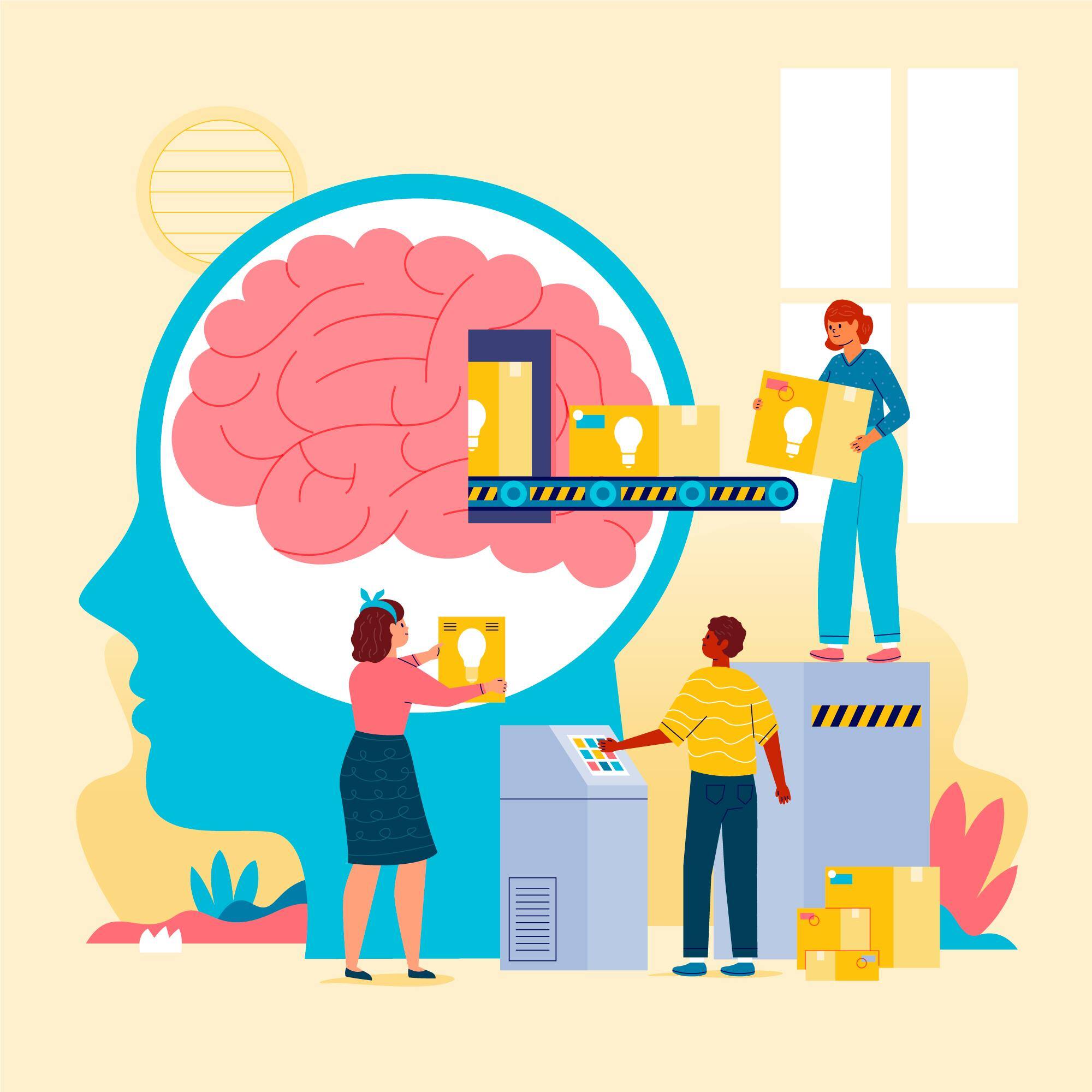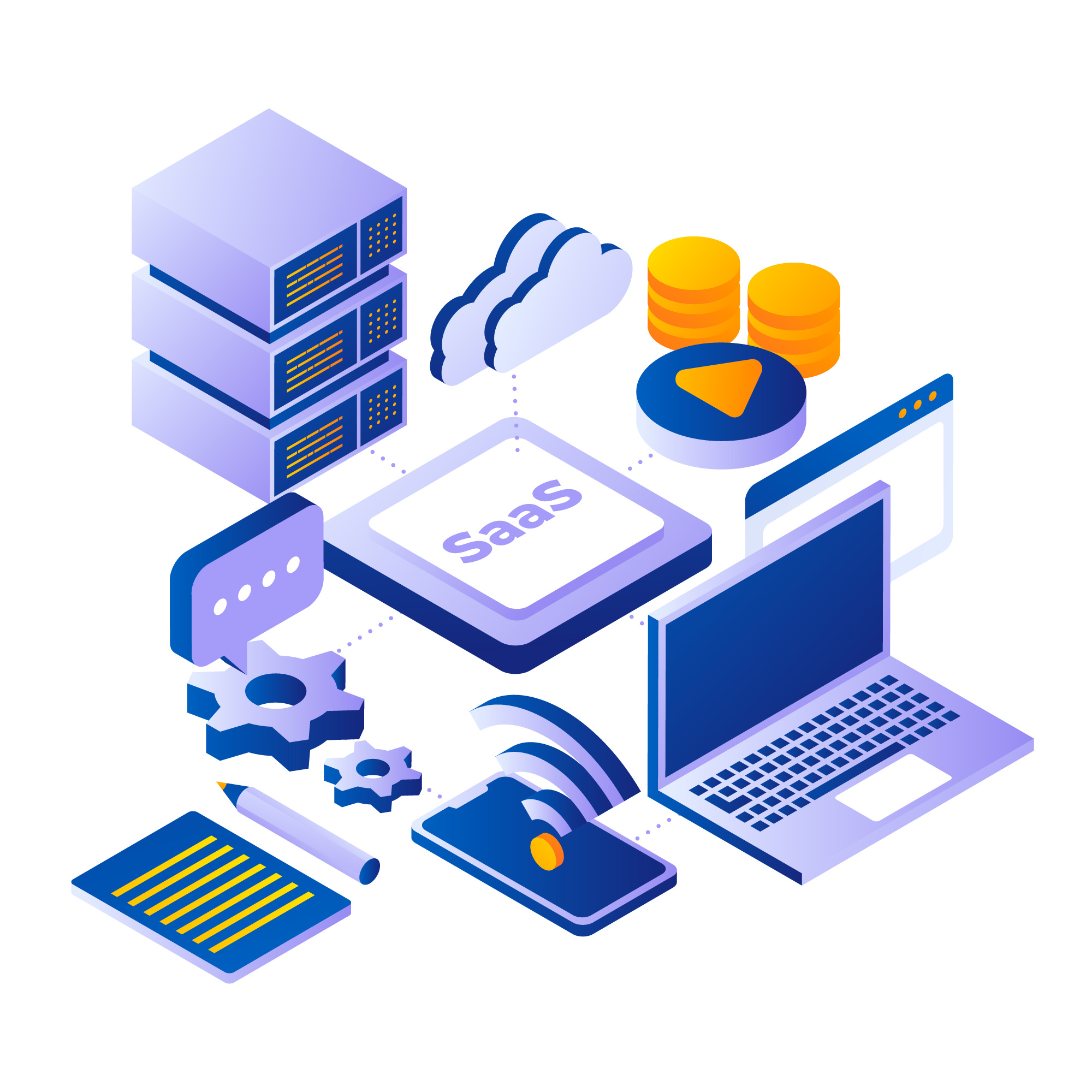Product adoption is not just about functionality, it’s a psychological journey !
Customers need to feel confident, capable, and valued to fully embrace your product. Strategic customer education training can bridge the gap between curiosity and loyalty, significantly reducing customer churn.
In this blog, we’ll explore psychological principles behind successful product adoption and how to create effective learning pathways that drive customer engagement and retention.
The Psychology of Product Adoption
Understanding the Adoption Curve
The product adoption curve divides customers into five categories: innovators, early adopters, early majority, late majority, and laggards. Each group has distinct needs and learning styles, making it essential to tailor your training approach accordingly.
Psychological Triggers in Adoption
- Social Proof: Customers are more likely to adopt a product when they see others successfully using it.
- Ease of Use: Perceived simplicity encourages quicker adoption.
- Perceived Value: Customers need to see how the product solves their specific problems.
Key Insight: Effective training should highlight ease of use and showcase real-world success stories.
For more, delve into tailored training strategies, check out on how to blend microlearning and traditional methods for comprehensive customer training.
How Learning Pathways Enhance Product Adoption
A learning pathway is a structured sequence of training materials designed to guide users from onboarding to mastery. By aligning with psychological triggers, learning pathways can:
- Build confidence through incremental progress.
- Keep customers engaged with relevant, actionable content.
- Reinforce key concepts to ensure long-term retention.
Microlearning and the Power of Small Steps
Microlearning is an ideal format for creating learning pathways because it:
- Reduces cognitive overload.
- Fits seamlessly into busy schedules.
- Encourages consistent progress with manageable lessons.
Key Learning Pathways for Successful Product Adoption
1. The Onboarding Pathway
Onboarding is the foundation of product adoption.
Strategies:
- Offer interactive walkthroughs to familiarize customers with essential features.
- Use videos and tutorials to deliver quick wins in the first week.
- Provide progress tracking to motivate users to complete their onboarding journey. Learn about enhancing onboarding in 5-Step Guide to Accelerate Customer Onboarding.
2. The Skill-Building Pathway
Once customers understand the basics, guide them toward deeper engagement.
Strategies:
- Introduce advanced features with scenario-based learning.
- Offer role-specific training to show how the product aligns with their goals.
- Use assessments to reinforce knowledge and track progress.
3. The Mastery Pathway
Turn proficient users into power users and advocates.
Strategies:
- Host live Q&A sessions or webinars for advanced topics.
- Offer certifications to validate their expertise.
- Encourage participation in community forums to share insights and tips.
Psychological Principles in Training Design
1. The Progress Principle
Customers are motivated by a sense of accomplishment.
How to Apply:
- Break training into small milestones and celebrate progress with badges or rewards.
2. Cognitive Load Theory
Too much information at once can overwhelm customers.
How to Apply:
- Use microlearning to deliver concise, focused lessons.
- Include visual aids and interactive elements to make content engaging.
3. The Power of Personalization
People learn better when content feels relevant to their needs.
How to Apply:
- Segment customers based on their roles or industries.
- Use AI to recommend personalized learning paths.
Measuring the Success of Learning Pathways
Tracking the right metrics ensures your learning pathways drive adoption and retention.
Metrics to Monitor:
- Completion Rates: Measure how many users finish each pathway.
- Feature Adoption: Track usage of advanced features post-training.
- Engagement Metrics: Monitor participation in webinars, quizzes, and community forums.
- Customer Satisfaction (CSAT): Gather feedback on training effectiveness.
Why HR and L&D Professionals Should Leverage Learning Pathways
HR and L&D teams are uniquely positioned to design customer education programs that align with psychological principles. Benefits include:
- Enhanced customer satisfaction and loyalty.
- Reduced support costs through self-sufficient users.
- Demonstrable ROI with higher retention and lifetime value.
Ready to drive product adoption through strategic training?
Transform your customer education programs with 5mins.ai, leverage personalized, microlearning-based pathways to reduce churn and boost retention.
Get a free demo today by clicking on the button below!



